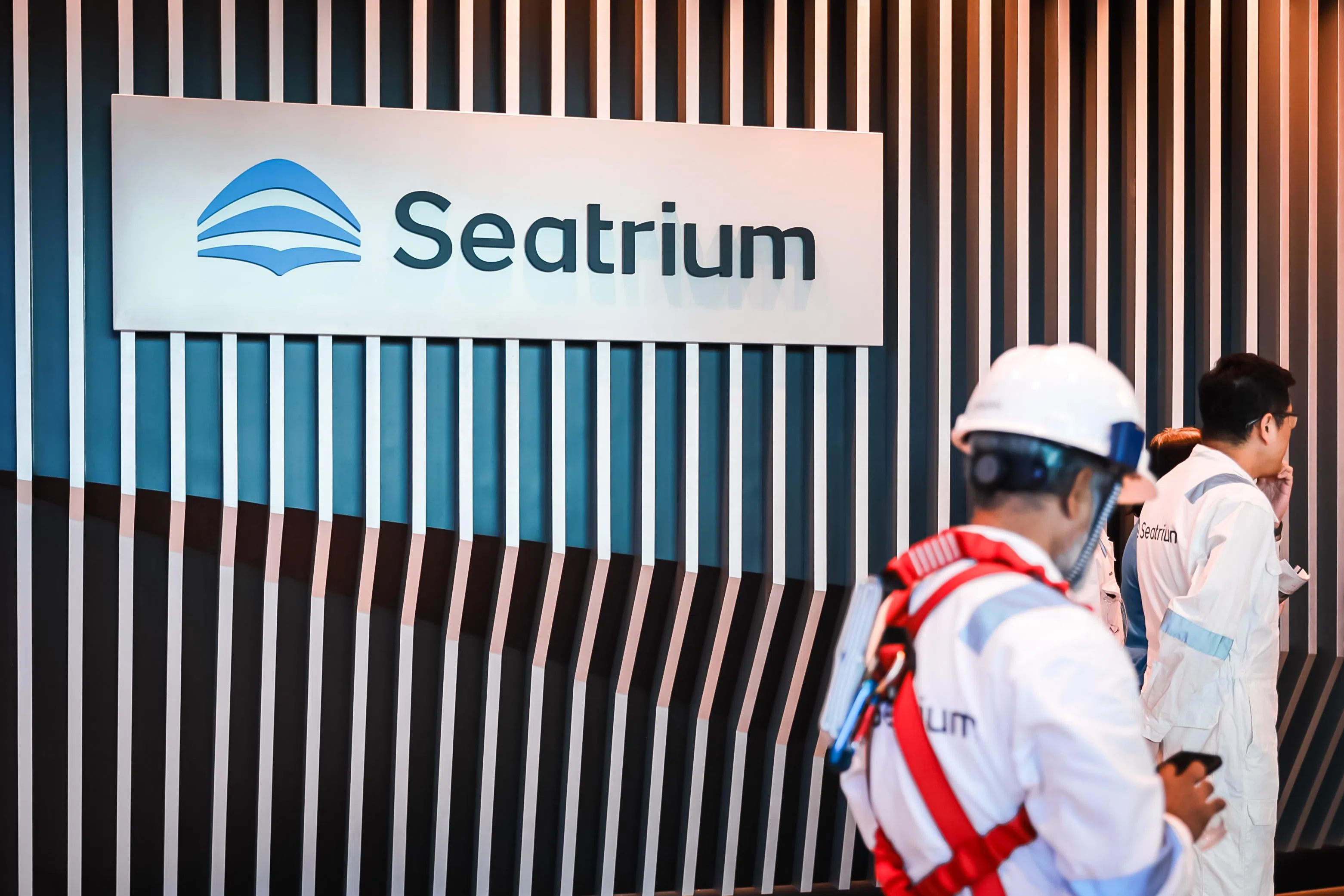[SINGAPORE] The budget airline model is not dead, but it does not always work at every airport, said Willie Walsh, director-general of the International Air Transport Association (Iata), at a media roundtable on Wednesday (Jul 16).
The head honcho of the international trade body with about 350 members added that it probably doesn’t make sense for budget carriers to operate at certain airports because of their nature or cost structure.
“Just because you see some low-cost airlines exiting the market, I don’t think you can read across that the business model is not relevant for the future,” he said. “I firmly believe it is and will continue to be. But it doesn’t always work at every airport. Airlines that are labelled budget or low-cost, that doesn’t necessarily guarantee their financial success.”
The viability of budget airlines at high-cost airports such as Changi Airport was thrust into the spotlight after Qantas Airways’ budget offshoot Jetstar Asia said it is exiting Singapore at the end of July, flagging increased competition and operating costs as some push factors.
The airline industry is a highly competitive one, Walsh added. He pointed out that, although 408 new airlines were started in the past decade to December 2024, there were 420 failures as well, making a net loss of 12. Profitability on a global level is wafer-thin – the net profit margin this year is forecast at 3.7 per cent.
“Heathrow (Airport) is no different. For example, there’s no real low-cost operation at Heathrow, principally because of the cost of the airport and the access to slots.”
BT in your inbox
Start and end each day with the latest news stories and analyses delivered straight to your inbox.
In the wide-ranging interview, Walsh contrasted Changi Airport Terminal 5 with that of Heathrow Airport’s, saying Changi was much more efficient and impressive.
He was given a presentation by Changi Airport team on the mega project on Tuesday, while he himself was involved in the development of Heathrow’s T5.
For Walsh, the plans and thinking, as well as the design criteria of the development in Singapore, were “very impressive”.
Changi Airport’s T5 recently broke ground in May and is slated to be ready in the mid-2030s.
Describing the contrast between the amount of work and investment being made in innovation and technology for Changi Airport’s latest project, and those that he has seen in airports in Europe, Walsh said: “It’s like night and day.
“Some of the work that I see Changi undertaking, which ultimately will benefit everybody in the industry, (is) in the area of automation, and AI (artificial intelligence)… It’s a shame we don’t see the same approach being adopted by major airports in Europe.”
He illustrated with an example of the team being so meticulous down to the details of servicing toilets with robots.
“You know, these are problems you sort of don’t even think about,” he said. “Some of the issues that they have to deal with, and whether there’s a robotic solution to that, bearing in mind that we are facing a labour challenge in terms of getting the numbers that are required to operate. And going forward, that’s likely to be more challenging than less challenging.
“I think there is a real opportunity to invest in robotics that will improve the customer experience, enhance the safety of operation and clearly make the cost of operating lower than (it) otherwise would be.”






